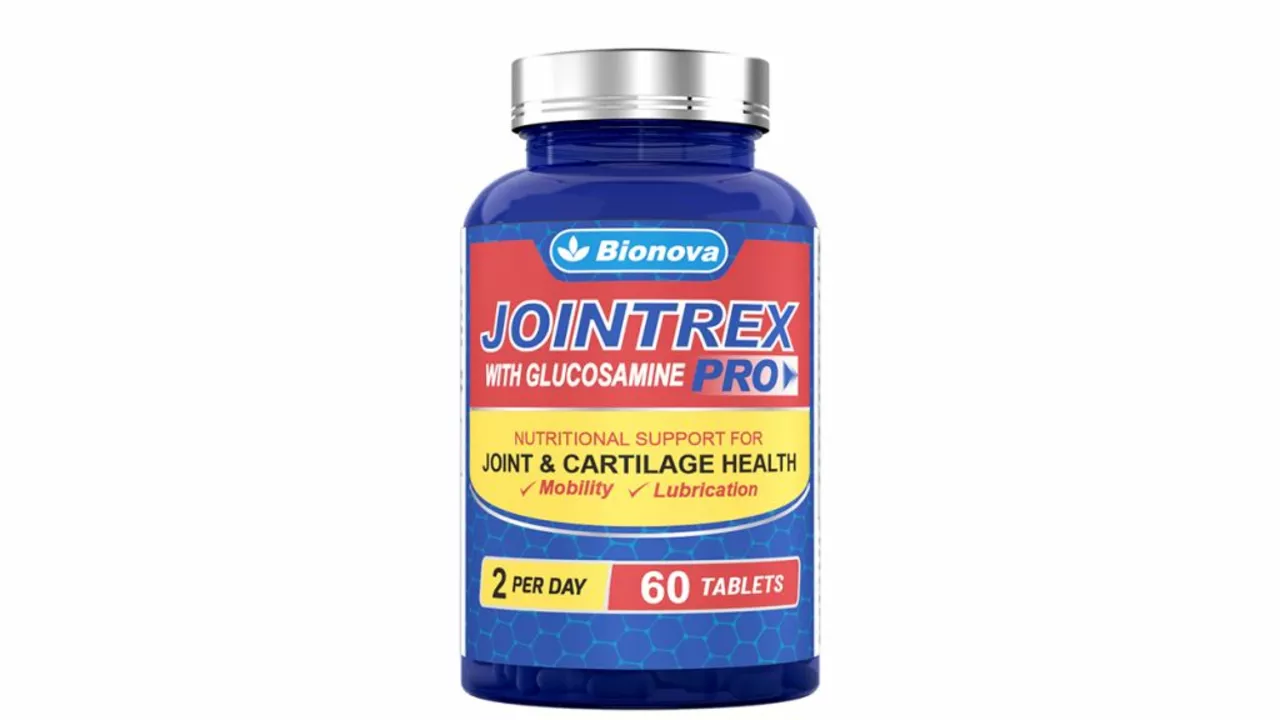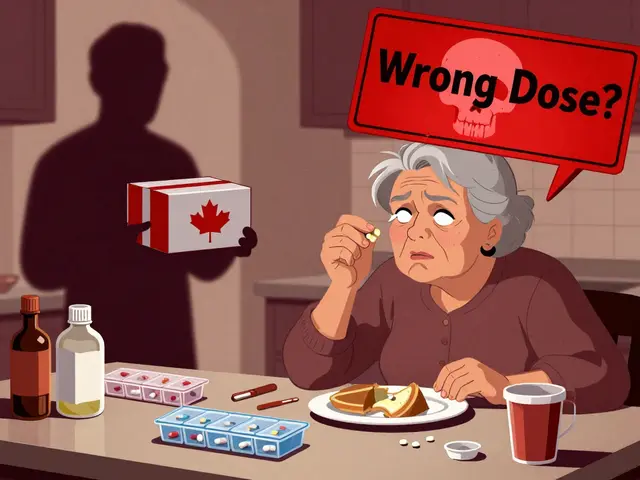Pentosan Polysulfate: What It Is and Why You Might Need It
If you’ve ever heard doctors mention pentosan polysulfate, they’re usually talking about a drug used for bladder pain syndrome, also called interstitial cystitis. In plain terms, it’s a medication that helps protect the lining of your bladder so it doesn’t get irritated by urine acids. Most people take it when other treatments haven’t eased the burning, urgency, or frequent trips to the bathroom.
The drug comes in capsule form and is taken once daily with food. It isn’t a quick fix – you’ll often need several weeks before you notice any relief. That’s why sticking to the schedule matters more than hoping for an overnight miracle.
How to Take Pentosan Polysulfate Safely
First, follow your doctor’s prescription exactly. The usual adult dose is 100 mg taken once a day, but some doctors might split it into two doses if you have stomach upset. Swallow the capsule whole; crushing or chewing can change how the body absorbs it.
Keep an eye on side effects. Common ones include mild nausea, diarrhea, and a slight headache. If you notice any rash, itching, or unusual bleeding, call your healthcare provider right away – those could be signs of a rare allergic reaction.
Because the drug works by changing bladder tissue over time, you’ll need regular check‑ins with your doctor. Blood tests may be ordered every few months to monitor kidney function and ensure the medication isn’t building up in your system.
Alternatives and Complementary Options
If pentosan polysulfate isn’t a good fit, there are other routes you can explore. Over‑the‑counter antihistamines like hydroxyzine sometimes help reduce bladder spasms. Some people find relief with pelvic floor physical therapy or dietary changes such as cutting out caffeine and acidic foods.
Supplements like cranberry extract or D‑mannose are popular, but they don’t replace prescription meds – think of them as extra tools in a broader pain‑management plan. Always discuss any new supplement with your doctor to avoid unwanted interactions.
Lastly, lifestyle tweaks can boost results. Drinking plenty of water (but not too much at once), practicing timed voiding, and using heat packs on the lower abdomen are simple steps that many patients swear by.
Bottom line: pentosan polysulfate is a proven option for chronic bladder pain when used correctly. Stay consistent with your dosing, watch for side effects, and keep an open dialogue with your healthcare team. Pairing the drug with diet changes, physical therapy, or safe supplements often leads to the best outcomes.
Remember, every body reacts differently. If you’re unsure whether pentosan polysulfate is right for you, ask your doctor for a thorough explanation of risks, benefits, and any alternative paths worth trying.






